Flashcards on costume history, created by Brittney Ciardi on 15/12/2015.
Pinned to
77
1
0
No tags specified
|
|
Created by Brittney Ciardi
almost 9 years ago
|
|
Close
|
|
Created by Brittney Ciardi
almost 9 years ago
|
|

Dominant style of The early 18th century, and what does it look like?
a trend towards “simplicity” and idolizing nature and the countryside. What looks or accessories show this?
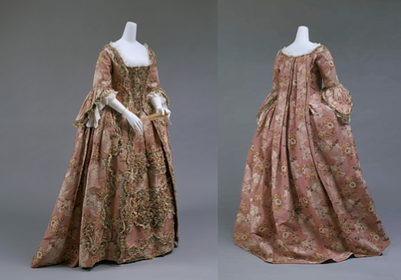

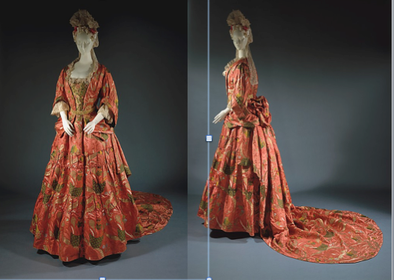
how was an ensemble put together in the 18th century?
the client-tailor-haberdasher/marchand-mercier relationship
Anglomania and what did it have to do with menswear?
Why was the French Revolution important in changing how people styled themselves and saw themselves? Know what garments/accessories appeared during the revolution, what they meant and how they were different from what came before.
How were the revolutionaries drawing upon the ancient world (ie. Classical Greece & Rome) and how was it different from the way classical inspiration was used after the revolution. Valerie Steele’s chapter which was assigned for this week, gives detailed specifics on this.
Who were the Merveilleuses and the Incroyables? What did they look like?
How did Napoleon & Josephine use style to legitimate their power?
Understand the connection between England and the United States before and after the revolution. Did people in the colonial US dress very differently from their European counterparts? Why or why not?
Know what Cultural Authentication is and which garments or materials offer examples of it.
How did some important Americans (ie. Ben Franklin, Jefferson) use dress to support their political positions
What is “Homespun” and why was it an important symbol in the revolution?
Why is cultural appropriation an important issue in the Native American community?
Know the characteristics of “Romantic” style and how it differs from later “Sentimental” styles (hint: if these words seem unfamiliar read Katherine Haltunen’s chapter, which was assigned for this week)
Why do we see an explosion of trimmings/lace/bows/ribbons in the 1820s-30s? (…think technology….)
What is “the great masculine renunciation”?
What were the big changes in men’s tailoring and why were they happening now?
Know the significant technological changes in the 19th century that affected the look and making of clothing
Who is known as the “father of haute couture” and why?
What was the biggest change in the silhouette from the mid to late 19th century (hint- think of the understructure)
Women were seeking greater equality at this time- what garments or styles are evidence of this?
- Why were the Arts & Crafts and Aesthetic movements important for fashion? How did they illustrate an alternative idea of beauty?
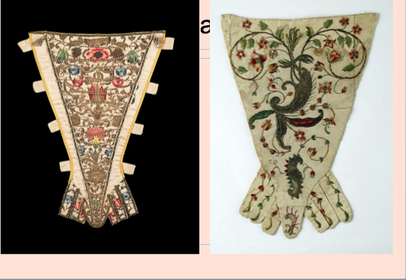
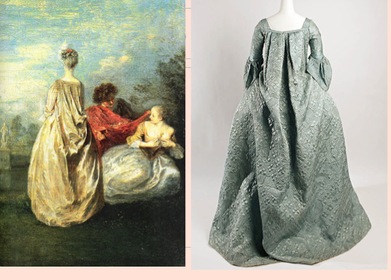
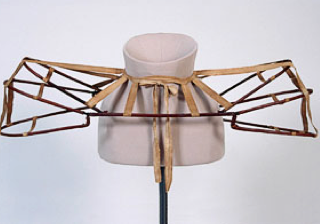
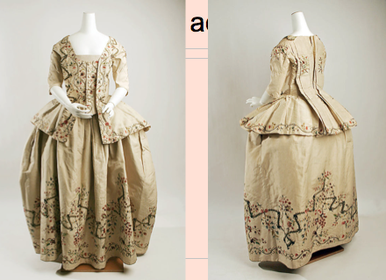
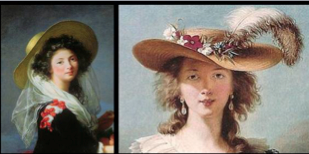
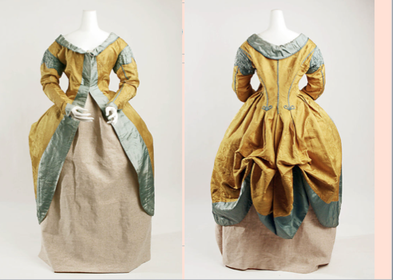
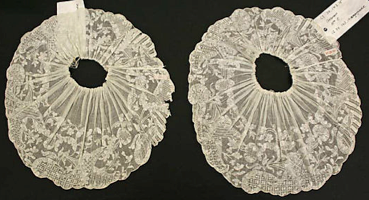
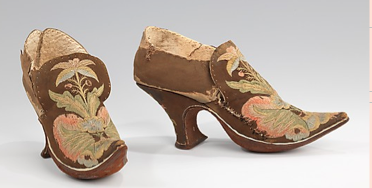
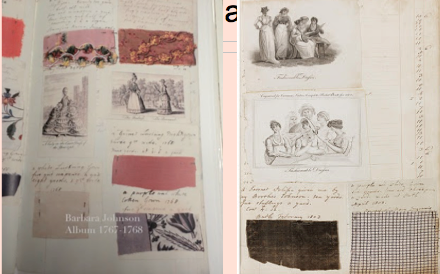
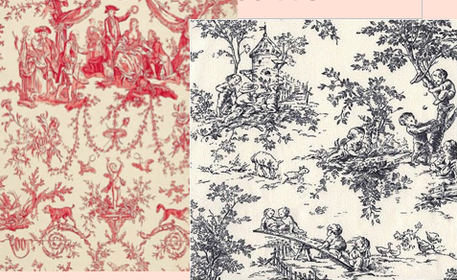
cosmetics in 18th c Rococo time



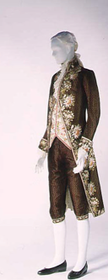
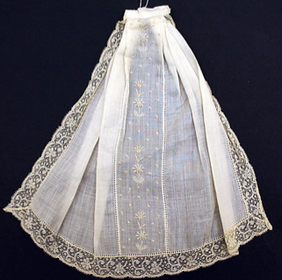
Toupet
stock
Marie Anointette
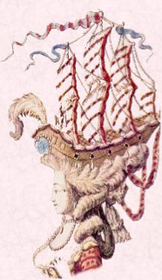
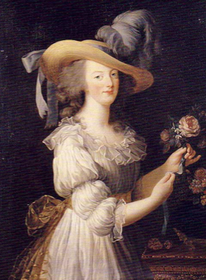
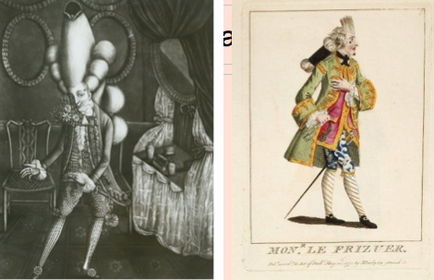
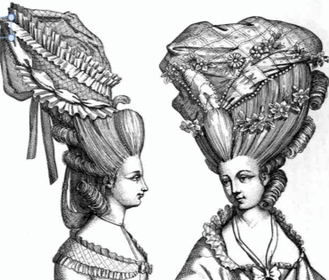
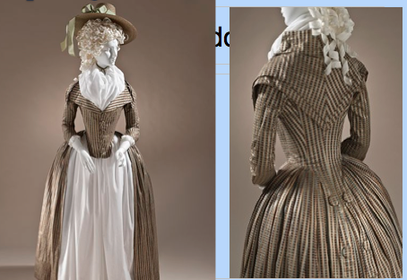
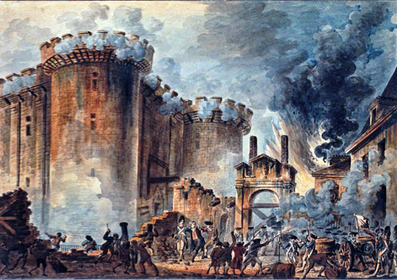
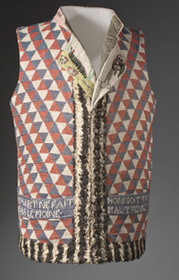
Girondin:
Jacobin
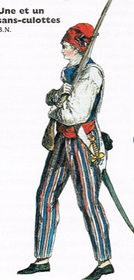
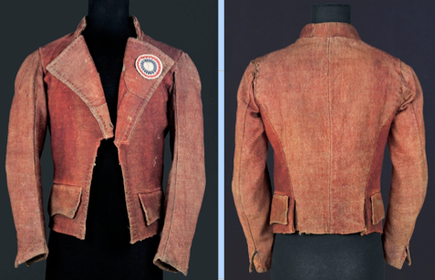
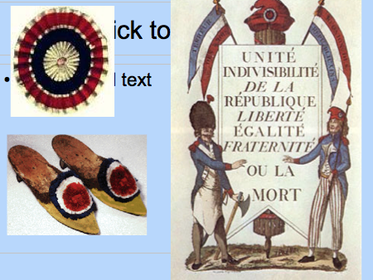
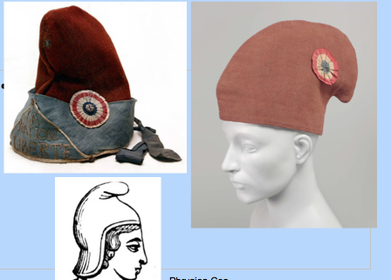
merveilleuses
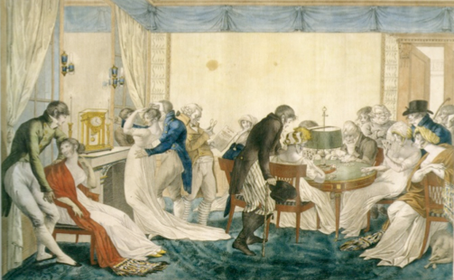
incroyables
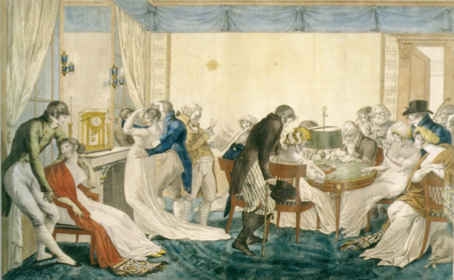
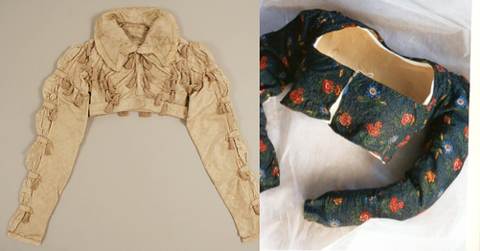
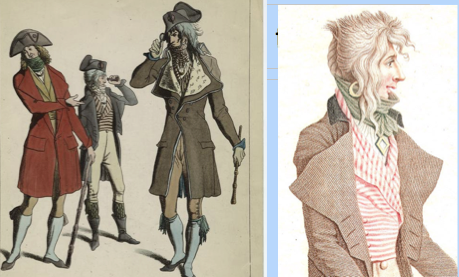

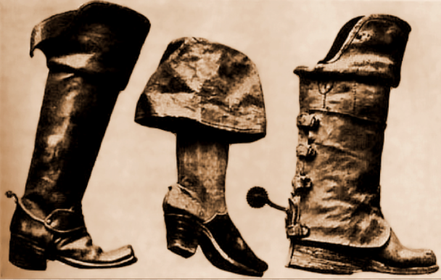

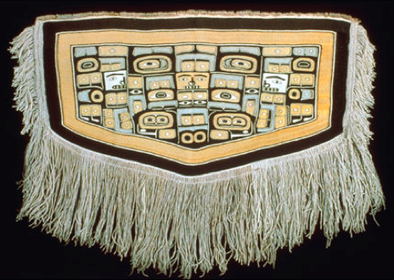
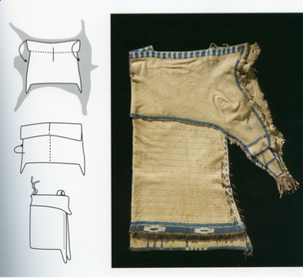
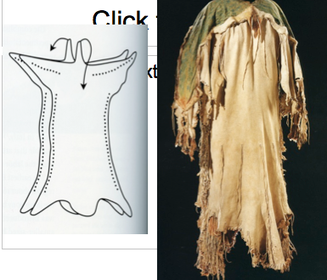
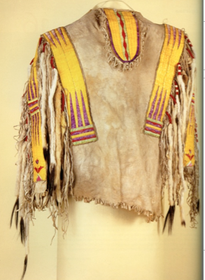
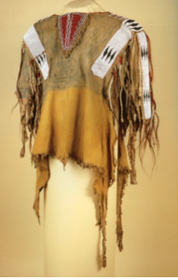
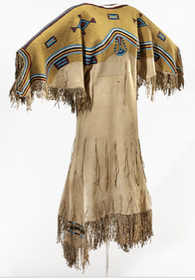
Cultural Authentication
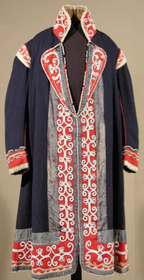
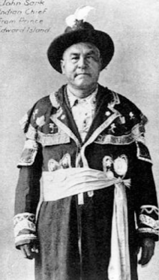
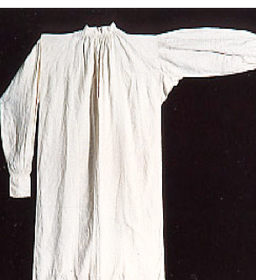
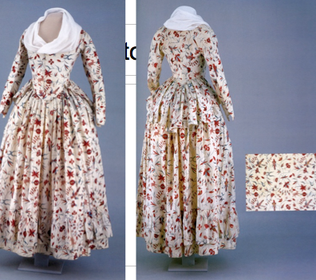
Eli Whitney
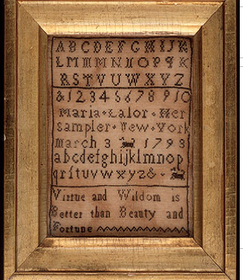


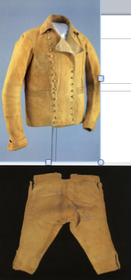
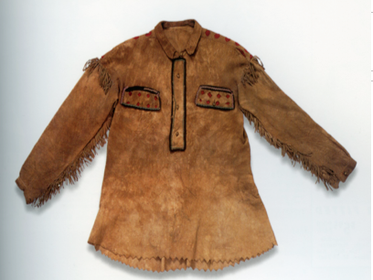

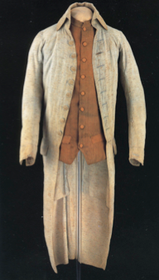
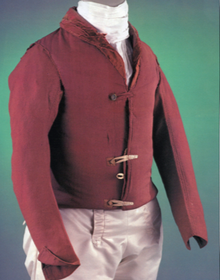



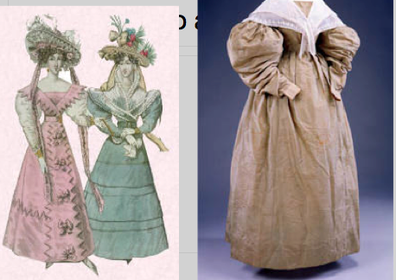
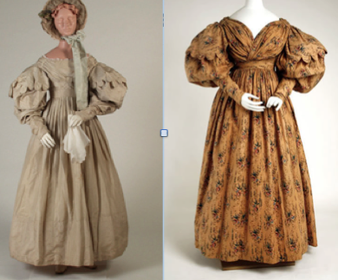
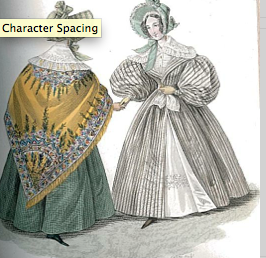
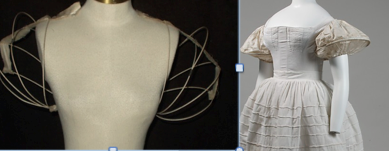
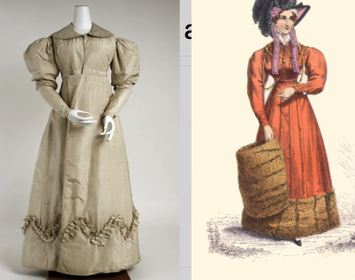
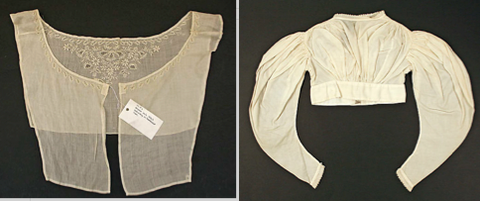
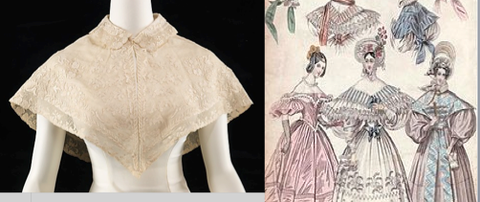
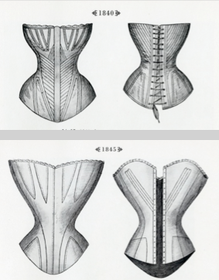
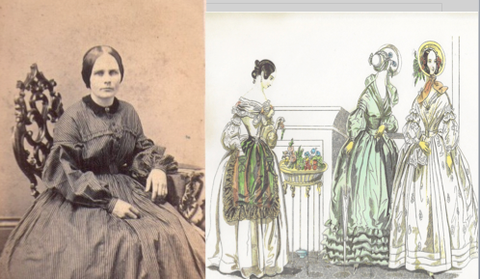
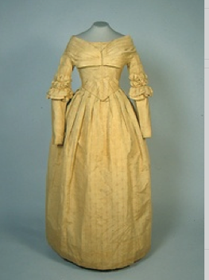
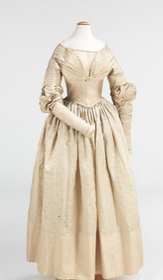
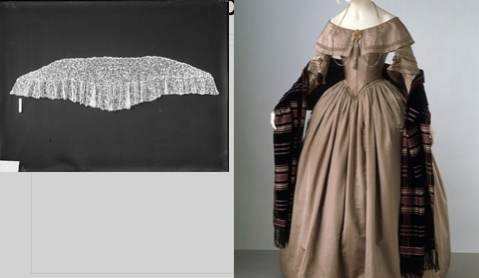
Beau Brummel

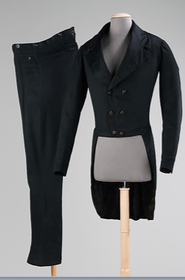
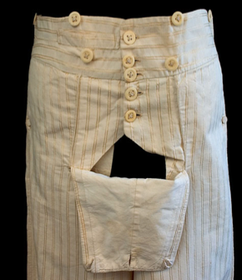
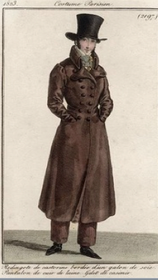
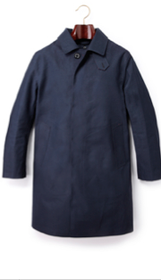
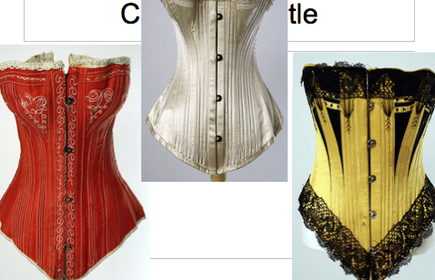
Sarah Bernhardt

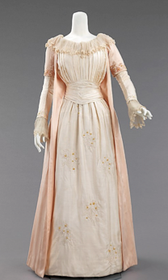
Jane and William Morris
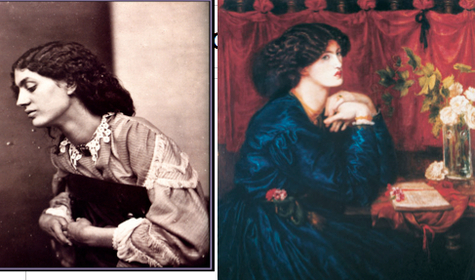
liberty of london
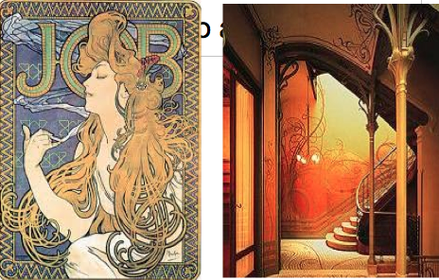
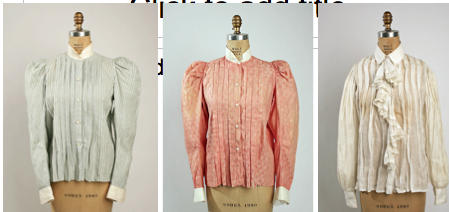
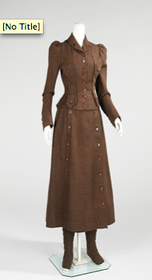
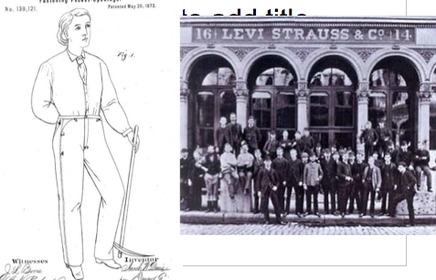
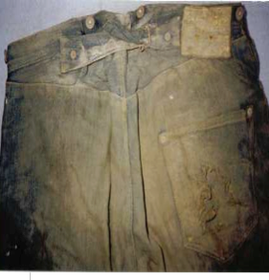

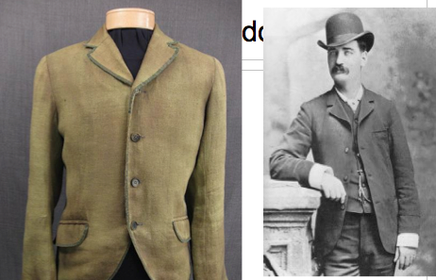
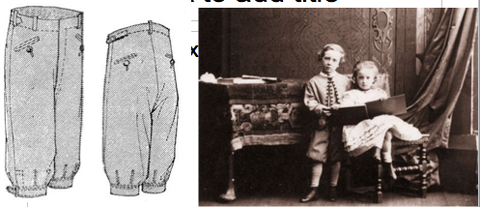
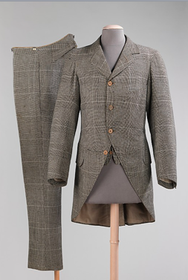


 Hide known cards
Hide known cards